Written by Wendy Silveira, Author and Blogger
It’s important to understand how companion planting affects you, the gardener: In essence, it’s knowing which plants benefit from being planted together – so-called friends (for the Big Bang Fans literally friends with benefits!), and which plants should never meet – or at least be kept maximally far apart as your garden allows – so-called foes.
You may well be a little skeptical, but it’s really quite logical. Firstly, plants can benefit from each other by increasing soil nutrients. The best-known example of this is legumes, including peas and beans, which are known as nitrogen-fixers. In essence this means that they help add nitrogen to the soil, thereby benefiting other crops.
Secondly, plants can also benefit from a companion plant that attracts beneficial insects or pollinators. Lavender is a versatile bee-friendly plant. It’s a wonderful addition to the garden and will grow well in a container.
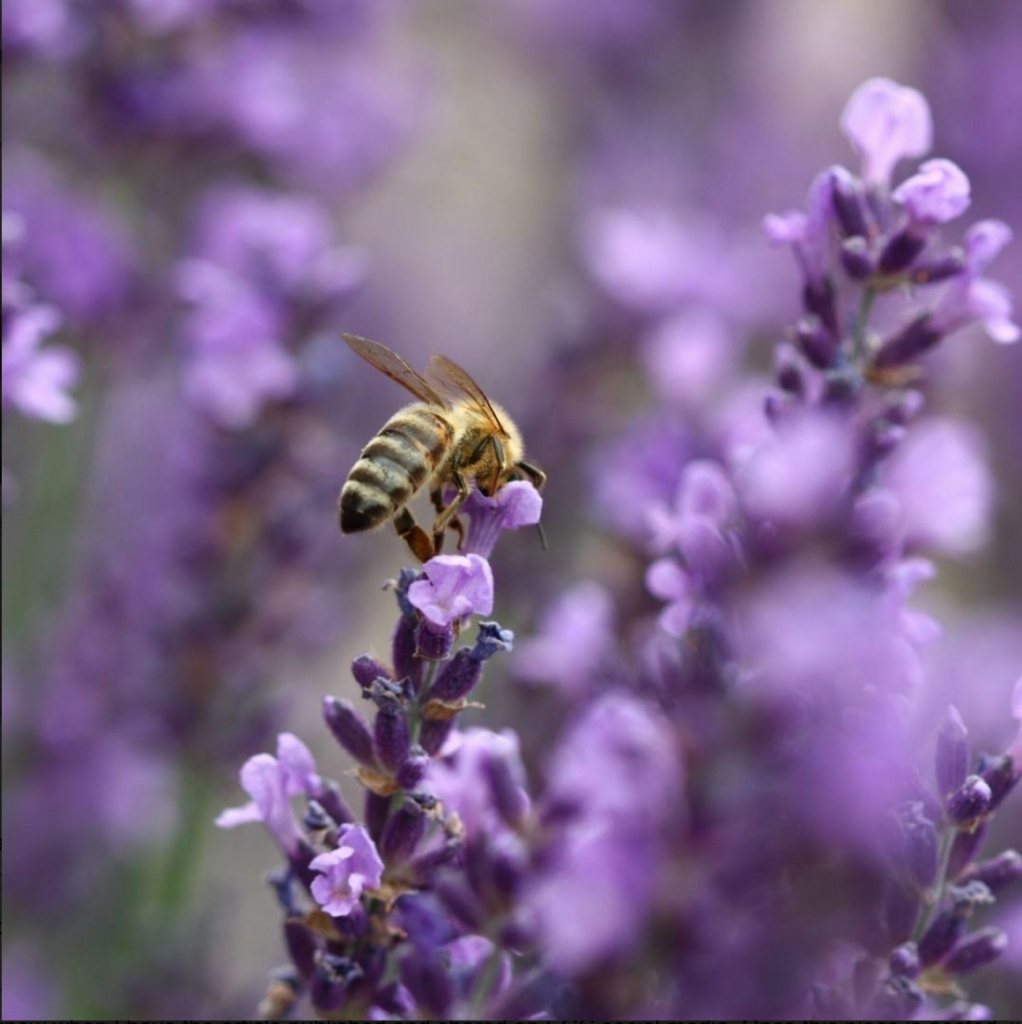
The converse also holds true; some plants are able to deter or repel pests.
Basil, which is said to improve the flavor of tomatoes, repels whiteflies, spider mites, and aphids. Parsley is also an excellent companion plant to tomatoes, as it draws bugs away from them. Plant both basil and parsley in close proximity to your tomatoes.
Mint deters ants and aphids. It’s best planted in a container, as it is invasive; definitely not a candidate for your raised bed!
Sage is known to repel carrot fly, and also repel cabbage moths from your cabbages.
And last but not least, the humble marigold not only attracts beneficial insects that in turn prey on aphids, but at the same time its pungent scent drives away mosquitoes, nematodes and cabbage worms, amongst others. For this reason, it is a prime example of a flower that is often interplanted amongst vegetables.
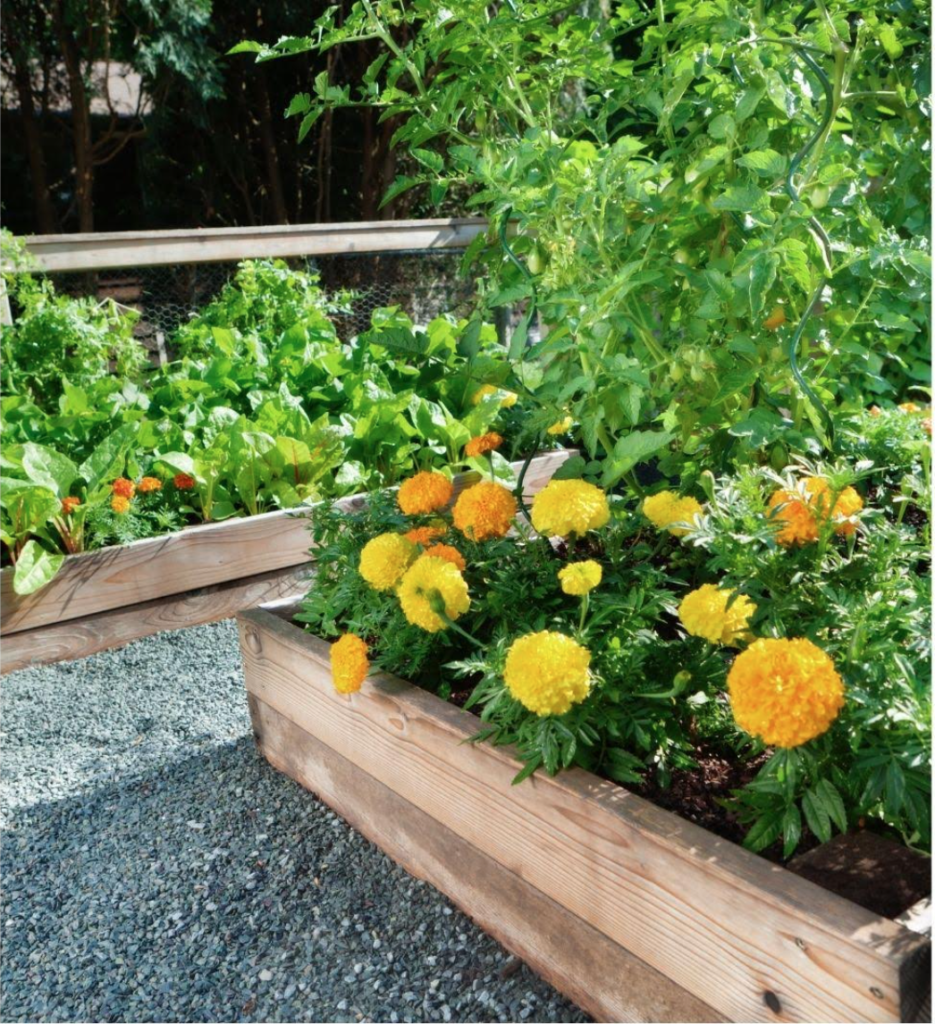
Finally, plants can even benefit their companions by providing support. Corn comes to mind here.
The renowned ‘three-sisters’ garden of corn, beans and squash is a prime example of companion planting: This ancient method, dating back to the Iroquois Native Americans – utilizes corn to provide structure and support for runner or climbing beans. The beans transfer nitrogen to the soil, while the squash keeps the soil cool and moist. At the same, it smothers weeds and creates a dynamic living mulch. In addition, their prickly leaves also help to deter some pests. Truly the triad of garden planting and worthy of the featured image in this blog!
Without further ado, let me share with you the Companion Planting charts, conveniently separated by seasonal planting time: Cool-season for Spring and Fall (Autumn) plantings, and Warm-season for Summer planting.
SPRING AND FALL (AUTUMN) PLANTING
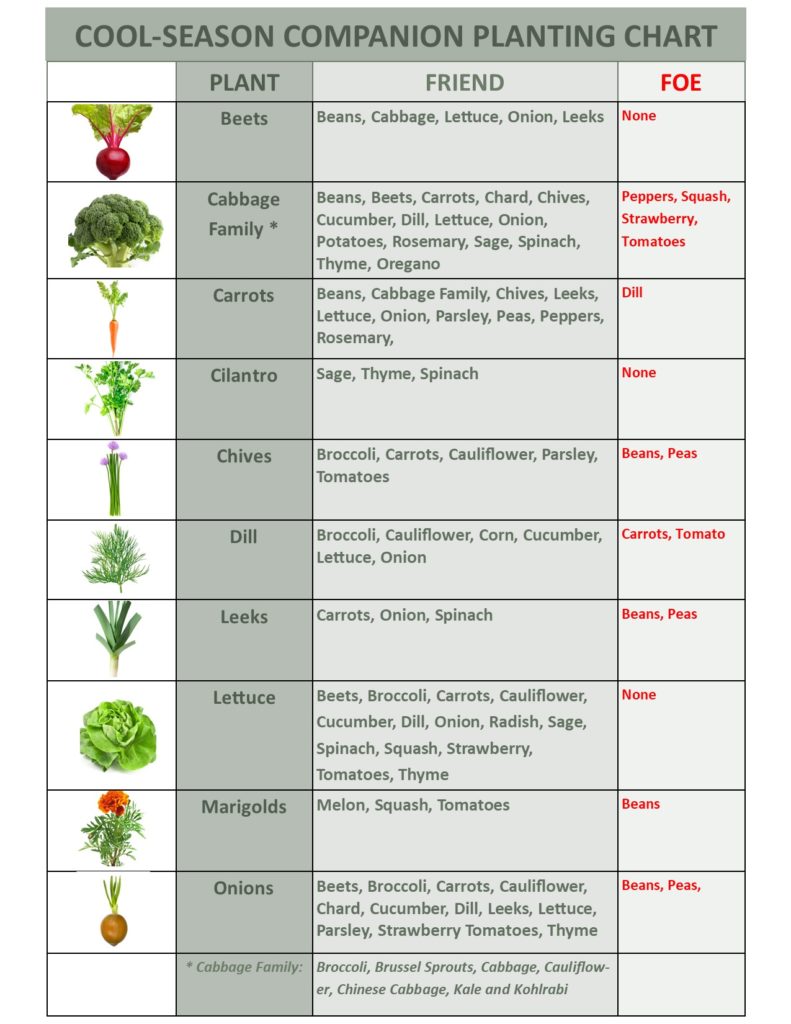
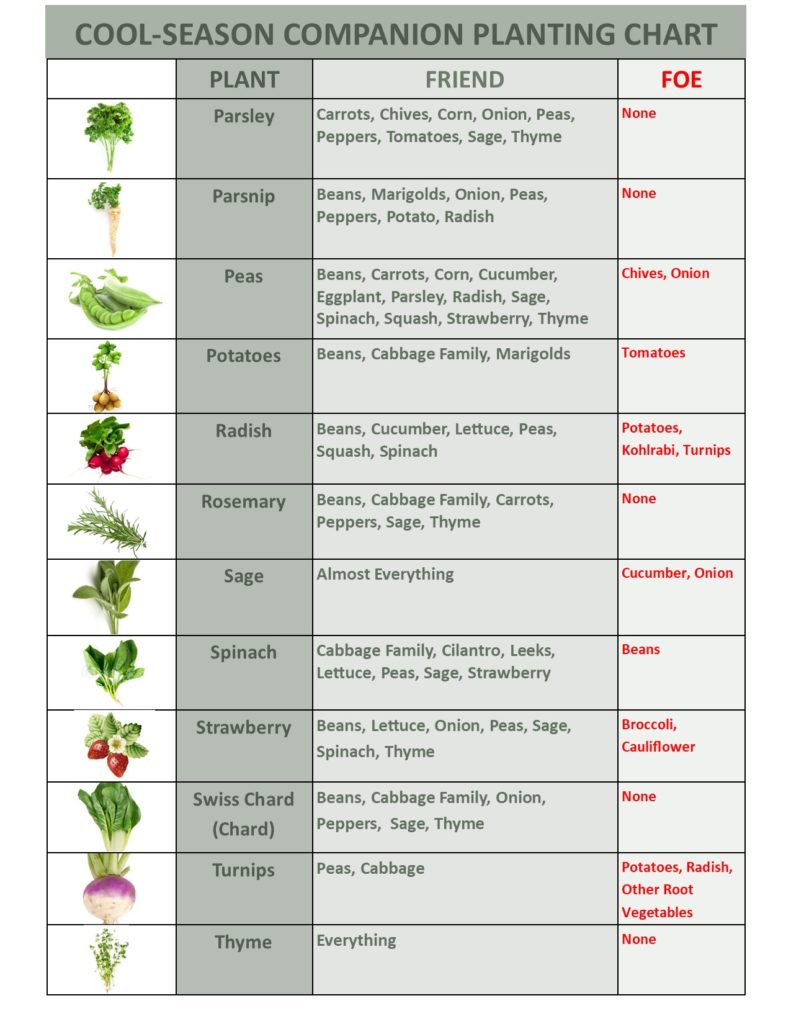
SUMMER PLANTING
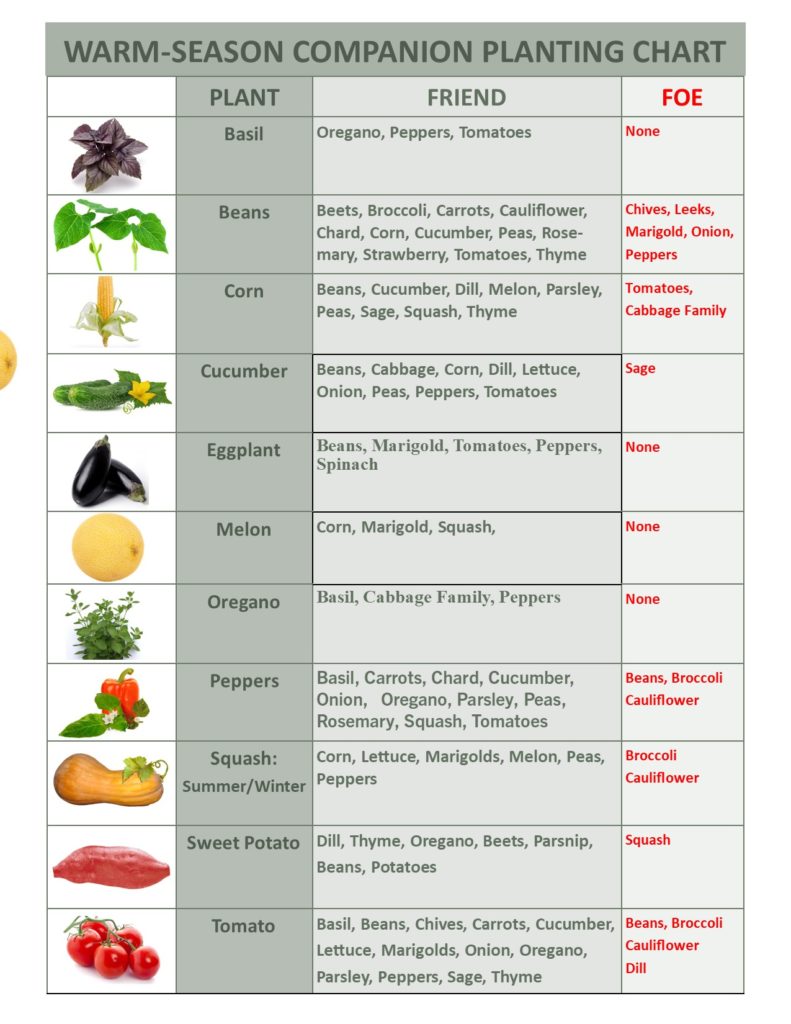
For all your gardening tools, supplies, services and coaching, visit wendysgardeningstore.com.
Happy Gardening!
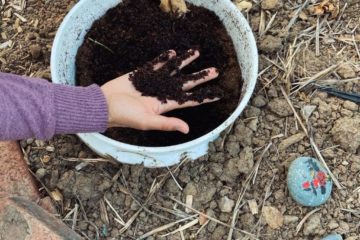
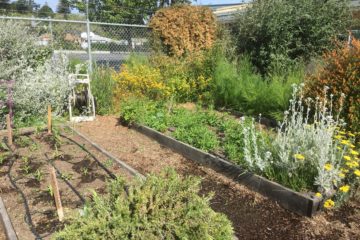
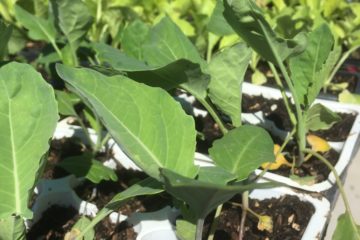
0 Comments